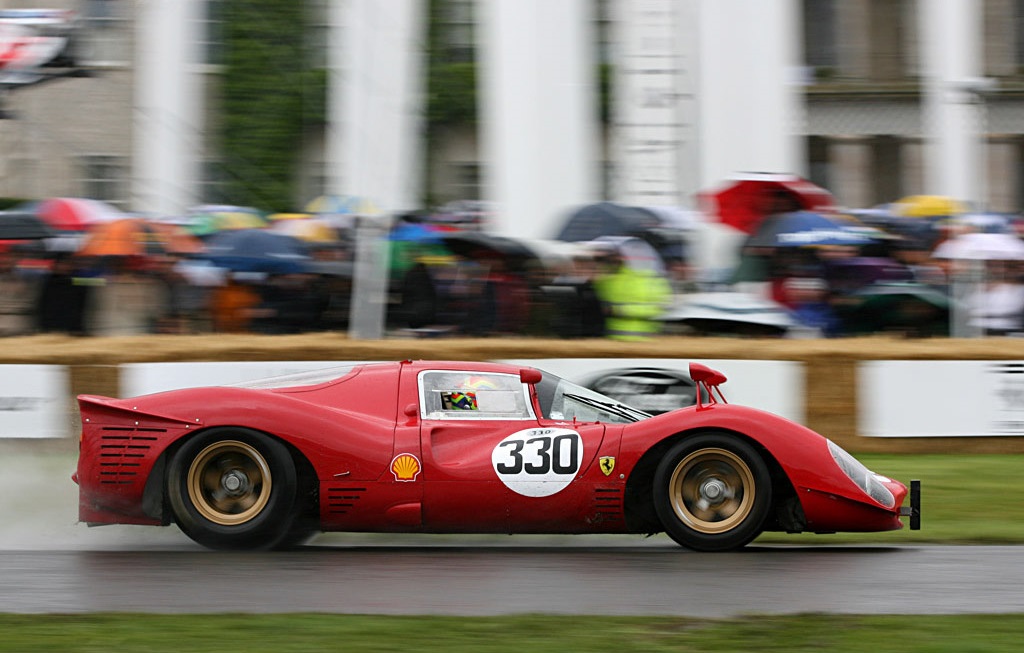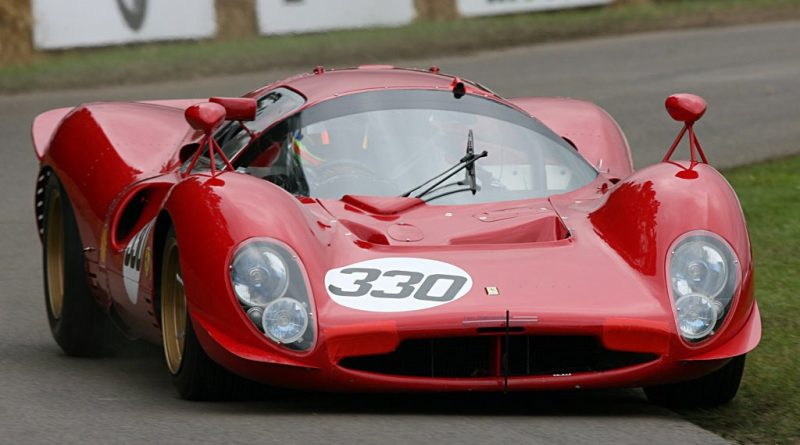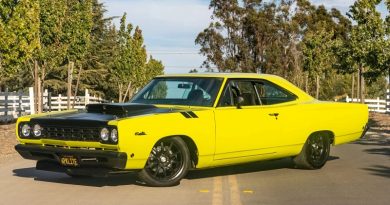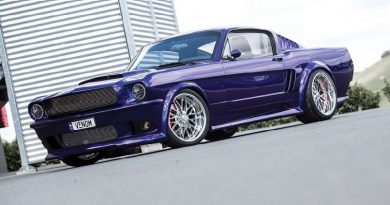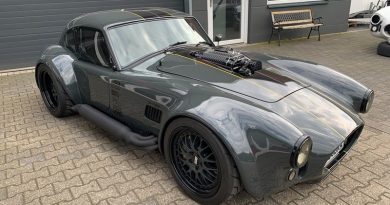1966 Ferrari 330 P3
Ferrari Le Mans History Collection is a great trip inside the history of one of the most popular races in the world, the 24 Hours of Le Mans, by holding the steering wheel of a lot of iconic Ferrari.
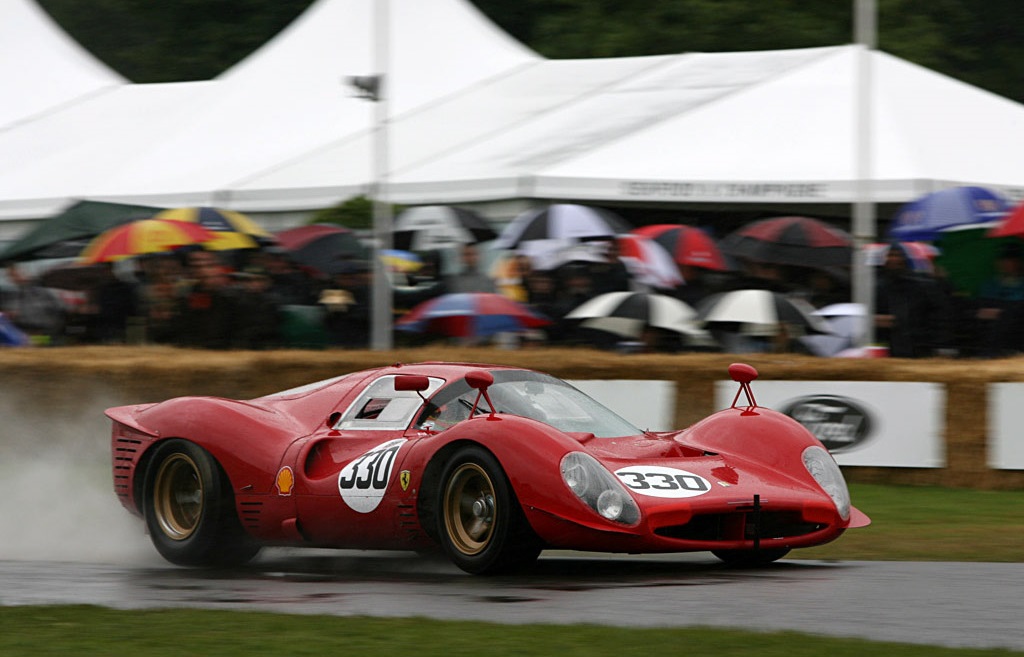
The 330 P3 was the next development of the 330 P2. It was almost entirely the same car as the P2 except for minor details such as the Lucas fuel injection system and ZF, 5-Speed transmission.
The P3 featured a new tubular chassis with a fibreglass tub: the engine and gearbox were an integral part of the structure, enhancing its rigidity. The engine was over 60 pounds lighter than the P2 predecessor. A large part of the weight savings was thanks to redesigned cylinder heads, and a new Lucas injection system in place of the usual battery of Weber carburettors.
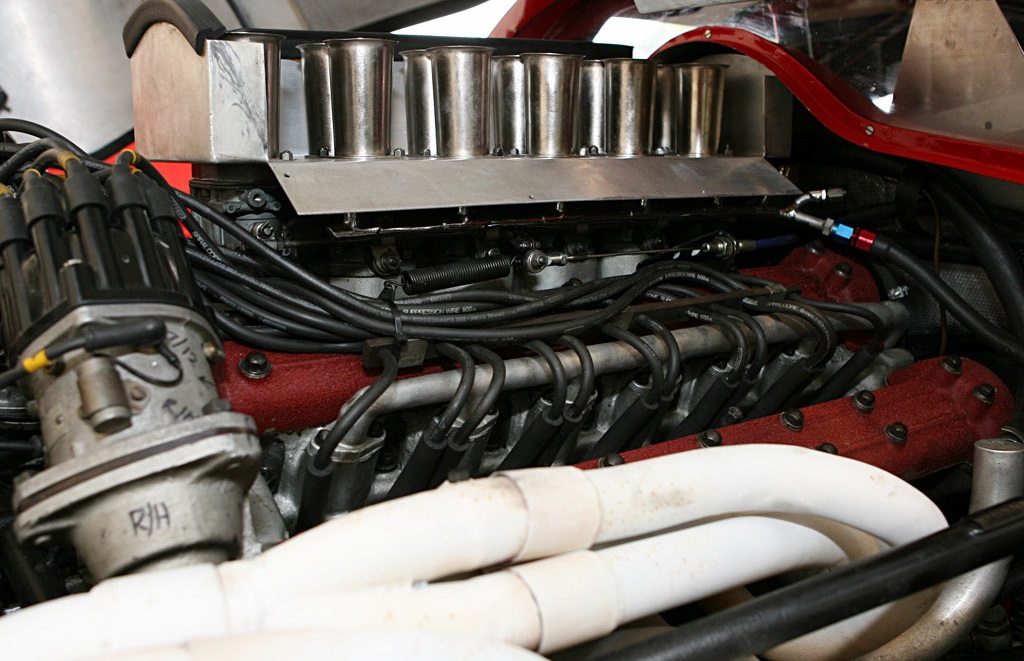
The solitary seat is positioned almost in the centre of the car. Typically, the P3 was right-hand drive since this was an advantage on right-hand race circuits and most circuits are clockwise. With such a low roof, the sitting position is reclined giving a large surface area for support and negating the need for padding. A Willans six-point harness clamps you to the car. The tiny Racetech steering wheel removes for easy entry as there is a right-hand gearlever to negotiate. The gearlever has sliding fingers to prevent gate-jumping and a reverse lock-out. First gear is on a dog-leg, left and back. Pedals are offset to the left for wheel arch intrusion. There is also a dead pedal for the left foot. Straight ahead, the tacho red-lines at 7750rpm, flanked by just two smaller instruments for water temp and oil pressure. Ignition and starter button are on the right. On the centre console there are two further instruments for oil temp and amps plus a big oil light and an electric kill-switch.

Due to an FIA rule change in 1968 banning prototype cars with more than 3 liters of displacement, Ferrari boycotted sports car racing for a year while Ford GT40s were still campaigned by privateers, winning the 24 Hours of Le Mans in ’68 and ’69. Ferrari returned to sports car racing a year later with an all new car, the 312P. But it had to deal with new competitors from Stuttgart: Porsche. The Germans proved a worthy adversary, and eventually Ferrari dropped out of sports car racing to focus on F1 in the early ’70s.

If anything, Ford’s campaign against Ferrari helped the 330 cars achieve infamy. It forced Ferrari to fight harder and to engineer a car that would become a precursor to future prototype race cars. Though the Ford overshadowed the Ferrari at Le Mans, considering its incredible performance at other races, the scrappy 330 put up one hell of a fight — and frankly, looked better than just about any other race car while doing it.

